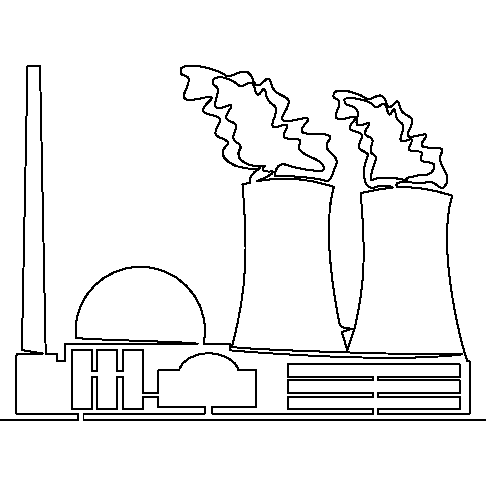Learn
about
sustainability
Explore
sustainable
investments
Discover
your
preferences
Enhance
your
investments
Check
your
portfolio
Take action
with
awareness

Ruling outnuclear power
How Can I Take Action?
The topic of nuclear power is one of the most debated issues of the last century:
has been a technology used with disastrous effects in the military (World War II, the famous atomic bombs of Hiroshima and Nagasaki), but it is also used for the production of electricity through the construction and exploitation of special nuclear power plants, also, in rare cases, protagonists of some tragedies (see Chernobyl in 1986 and Fukushima in 2011).
But how does nuclear power generation work?
Without going into excessive technicalities, nuclear energy is the energy released during transformations of atomic nuclei; transformations obtainable through processes of fission or fusion of the atom.
The most heated debate in nuclear power is that of the sustainability of nuclear power itself and its pros and cons for modern Society ; there are two main factions at play:
- There are those who believe thatnuclear energy is safe and, above all, can be considered sustainable because it would significantly reduce CO2 emissions into the atmosphere; it would also provide easier access to electricity and promote energy independence for any country that decides to use it.
- On the other hand, there are those who argue that the impact that nuclear power would have on thesurrounding ecosystem would be profoundly negative, putting both biodiversity and people at risk. One must also consider the issue of the difficulty in disposing of the radioactive waste that power plants produce; it is highly harmful and dangerous and requires vast isolated areas where it can be stored and maintained for more than 30 years.
The topic of nuclear energy and its exploitation is mainly approached through the exclusion approach:
- In fact, Society that are related to the mining, conversion, enrichment, and disposal of uranium and other radioactive materials or that are involved in nuclear power plant expansion or construction projects are excluded from the portfolios. The tolerance thresholds are around 5 percent and in some cases are even zero.
In the area of nuclear armament, on the other hand, in addition to the exclusion of Society producing or selling nuclear weapons, the regulatory approach is also used:
- Tied to the signing and implementation by Sovereign States of the 1968 Nuclear Nonproliferation Treaty (NPT), which provides for nuclear weapons nonproliferation, disarmament and peaceful use under the supervision of an international body the IAEA.
In the sustainable funds we analyzed, there is no consensus on this issue as 32% of funds place some limitation related to nuclear energy :
- 25% of the funds exclude activities related to the construction or operation of nuclear power plants (nuclear-derived electricity)
- 23% of funds exclude activities involved in the extraction, sale and storage of nuclear and radioactive materials

For better reading of the data, please rotate your device.
